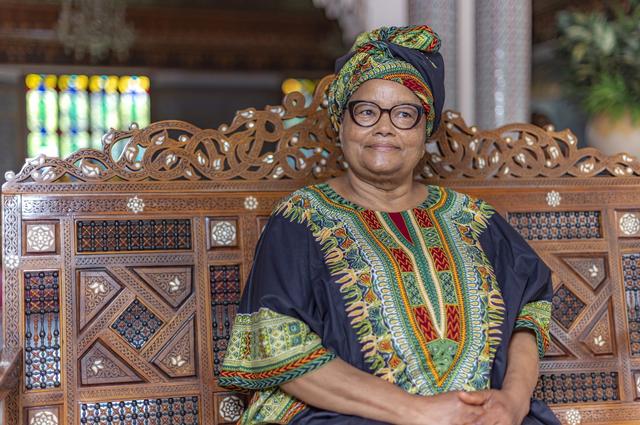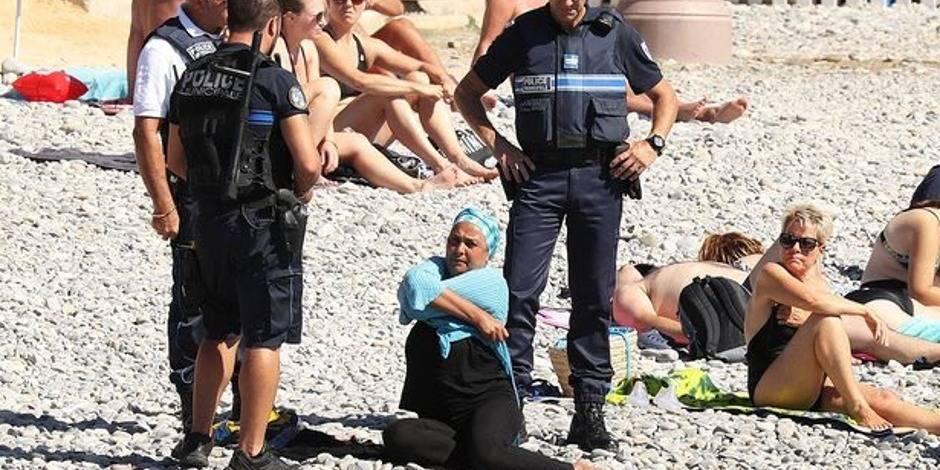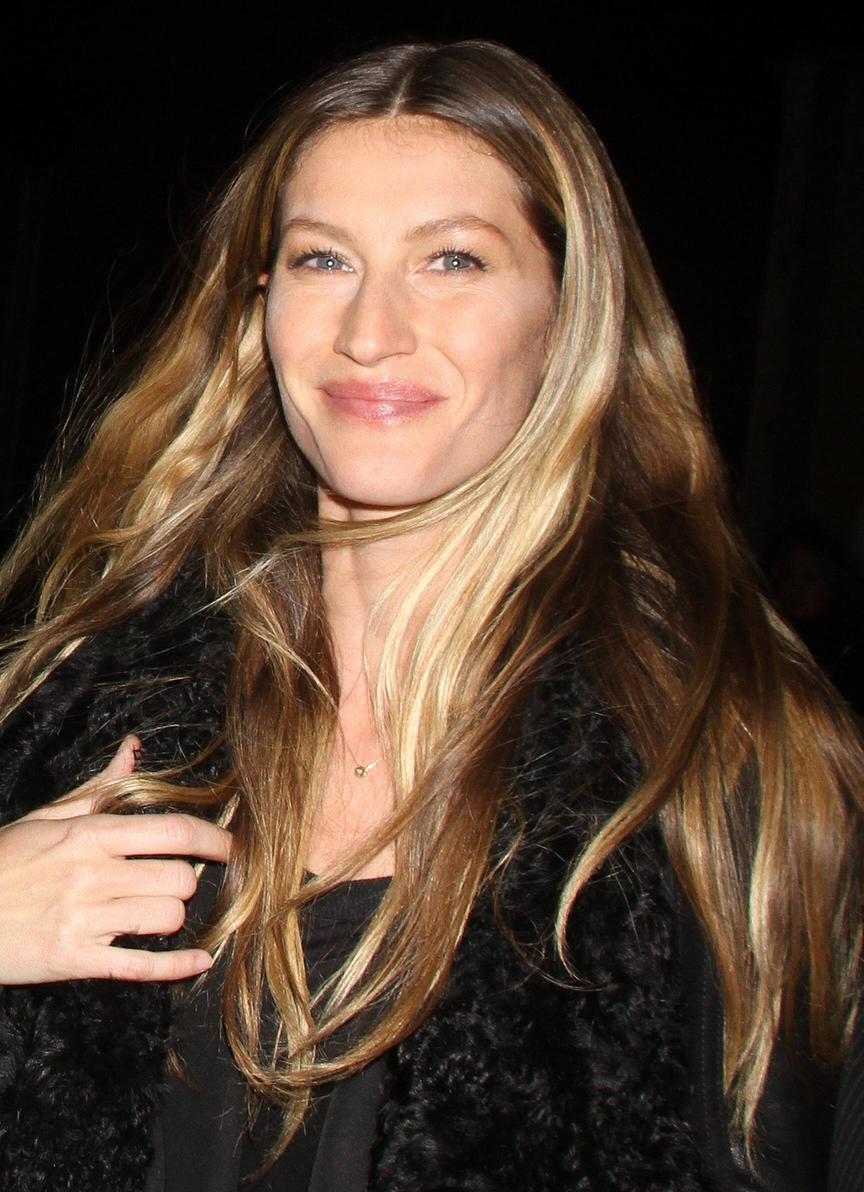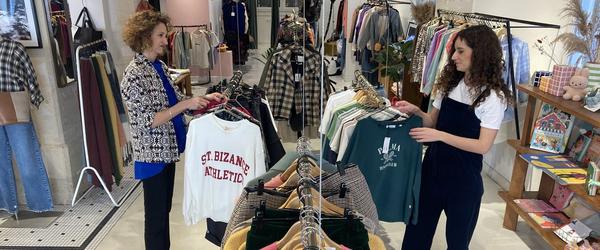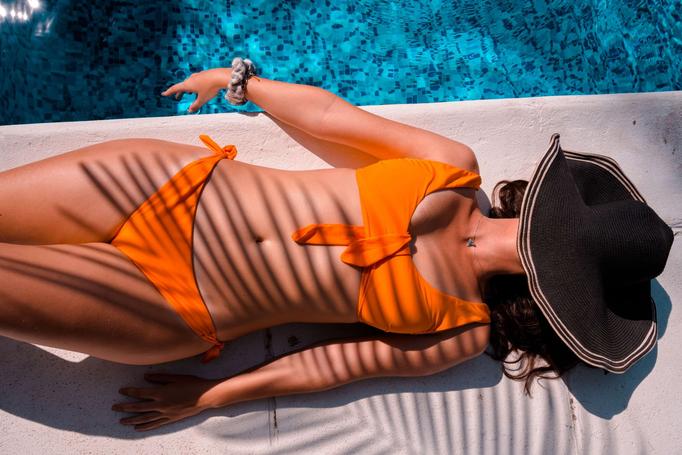Voodoo and haunted cemeteries: the dark side of New Orleans the voodoo ghosts and vampires: Snakes and Women
As soon as you arrive in New Orleans, you will see advertising for "ghost tours" in the city's cemeteries, and everywhere you go shops (sometimes supermarkets!) selling voodoo products. Beyond Hollywood fantasies (the photo above of Baron Samedi in James Bond "Live or Let Die"), you will now know everything about this religion imported from Africa, and which still exists in Louisiana, where it is practiced by certainly more than 10% of the population, even if the estimates are very difficult to achieve, given the secrecy of this type of practice.
[spacer color=”1D75C2″ icon=”fa-arrow-circle-o-right” style=”3″]
OUR DIFFERENT PAGES:
– New Orleans (general and history)
– What to visit in New Orleans
– The Garden District of New Orleans
– Louisiana cuisine
– The epic of Cavelier de la Salle, the French discoverer of Louisiana
– Mardi Gras in New Orleans
– The Music of New Orleans
– “Why I love New Orleans”, by Jacques Cimetier
– Savannah: another “voodoo city” in the USA
– Voodoo in Miami and Florida
BUT ALSO:
– Complete Guide to Louisiana
– The St Landry Parish (Cajun Country)
– Our articles on New France
– Complete guide to the United States
[spacer color=”1D75C2″ icon=”fa-arrow-circle-o-right” style=”3″]
Voodoo (which means “the gods”) is an animist cult originating in the ancient kingdom of Dahomey (West Africa). It is still widespread in Benin and Togo, as in the famous market of witch doctors in Lomé. Voodoo corresponds to the Yoruba cult of the Orishas.
From the 17th century, slaves from this region of Africa spread the voodoo cult to the West Indies and America. It is therefore found in different forms in Cuba, Haiti, Brazil and the United States, and especially in Louisiana.
At the top of the voodoo pantheon is Mawu, the supreme god who rules over the other gods. The voodoo pantheon is made up of a multitude of Lwas, which are spirits, or lesser gods, who can enter into communication and even collaborate with humans.
To facilitate relationships with the spirits, or as offerings, “gris-gris” sacred objects of all shapes are used.
Bewitchments and other dark aspects of voodoo are the best known, including small dolls pricked with needles.
The rituals are practiced by women, the voodoo-queens, such as the famous dance, naked, in a cemetery, with a snake, symbol of life.
The most famous voodoo-queen of New Orleans was Marie Leveaux, whose memory is still cherished (see the table opposite and further down this page).
The Catholic Church, very present in Louisiana for obvious historical reasons (French and Spanish presence), is generally not very supportive of this kind of ceremony, but the border between the cults seems less obvious in Louisiana. Moreover, voodoo practitioners are convinced that they are good Catholics.
Some ceremonies take place in the bayous (like for Saint-Jean for example), but the cemeteries are sometimes hectic after dark.
Note that today voodoo is practiced as much in Miami as in Louisiana… see this article
[spacer color=”1D75C2″ icon=”fa-arrow-circle-o-right” style=”3″]
Saint-Louis Cemetery No. 1
(north of the French Quarter, to the left of Armstrongg Park)
The tomb of Marie Leveaux is located here. It's easy to spot, it's the one with the most "XXX" drawn all over it. Other tombs are obviously used for voodoo rituals, given the number of fetishistic objects that litter the cemetery (voodoo practitioners draw three Xs and rub their feet on the ground before making a wish).
The tombs in St. Louis Cemetery are all mausoleums (in different styles) built above ground, which is very rare in the USA, but understandable because, remember, the city is built on marshy land and flood prey.
North of the cemetery: an old wall contains several dozen graves.
The “old cemetery with semi-collapsed tombs” side inspires many painters and tourists. But, if Louisiana and New Orleans had to pay - and still pay - the damage of the Katrina storm. It is less understandable on the part of the French authorities to leave the tombs of Saint-Louis in this state (see photos). Because most of the graves are those of French people, born in French Louisiana, therefore in France.
Saint-Louis is therefore a corner of lost civilization, the place where the builders of this marvelous city and of French Louisiana rest.
The French and Quebecers will appreciate this place perhaps a little more than the others.
Tip: do not go to this cemetery alone (or early in the morning), being a bit isolated, many attacks have occurred there in the past. Guided tours will reveal all the little secrets of the place, but less risky).
[spacer color=”1D75C2″ icon=”fa-arrow-circle-o-right” style=”3″]
Guides:
– The Voodoo Museum offers guided tours of Saint-Louis N°1:
http://voodoomuseum.com/tours.htm
– Official tours from the Basin Street Station Visitors Center (on the first floor), where a guide will escort you to the cemetery. 504-525-3377. The cemetery is closed on Sundays from noon. http://www.saveourcemeteries.org/tours/st_louis_map.htm
– New Orleans Spirit Tours offers a Cemetery & Voodoo Tour
http://www.neworleanstours.net/ghost-vampire-tours.html
– http://www.neworleanstours.net/ghost-vampire-tours.html
[spacer color=”1D75C2″ icon=”fa-arrow-circle-o-right” style=”3″]
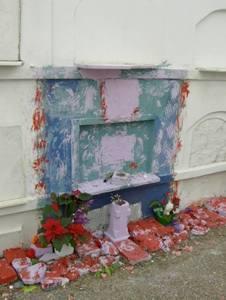
It is quite difficult to find an American city without haunted houses and various apparitions. That said, New Orleans, like Savannah, makes it a specialty.
The Voodooo Museum and New Orleans Spirit therefore also organize visits on these themes:
http://voodoomuseum.com/tours.htm
http://www.neworleanstours.net/ghost-vampire-tours.html
[spacer color=”1D75C2″ icon=”fa-arrow-circle-o-right” style=”3″]

The Voodoo Museum
A very interesting little museum where you can learn everything about the history and practices of voodoo, while observing the collections of charms and objects that belonged to Marie Leveaux and other voodoo-queens. This museum was started in the 1970s by the Gandolfo brothers, a family from Haiti who emigrated to Louisiana (Jerry Gandolfo in the photo). The museum also contains a shop (cds, souvenirs, charms, dolls, etc.)
724 Dumaine Street (French Quarter) – 504-680-0128
http://voodoomuseum.com
Here also: a French Quarter & Voodoo tower:
http://www.neworleansvoodoocrossroads.com/privatetours.html
[spacer color=”1D75C2″ icon=”fa-arrow-circle-o-right” style=”3″]
Halloween:
The last evening of October is therefore an event in New Orleans, even more so than anywhere else in the USA. The houses are decorated a month in advance for this event.
Cinema:
– James Bond – To live and let die. A hilarious epic of 007 (Roger Moore) in Louisiana and the Caribbean, tracking down a group of voodoo traffickers, including the terrible Baron Samedi.
– Midnight in the Garden of Good and Evil, by Clint Eastwood, an extraordinary film telling a true story that took place in Savannah (Georgia) see also our page dedicated to this city.
– White Zombie, 1931, by Victor Halperin, starring Bela Lugosi — the very first zombie film.
– Voodoo, 1943, by Jacques Tourneur — the classic of the genre.
-The Divine Horsemen The Divine Horsemen (The Living Gods Of Haiti), 1953, by Maya Deren.
-Angel Heart, Angel Heart, by Alan Parker, starring Mickey Rourke, Robert De Niro and Lisa Bonet — set in New Orleans, where voodoo practices were effectively exported.
-The Grip of Darkness, Grip of Darkness, by Wes Craven, 1987.
-The Gate of Secrets Miss Shumway casts a spell, by Claire Deploe based on the novel by James Hadley Chase
Music:
– Many Cajun singers celebrated voodoo through music.
– Guitarist Jimi Hendrix claimed to be a voodoo child in his song Voodoo Chile, he also called himself Voodoo Child;
– Beninese singer Angélique Kidjo pays homage to the spirits in her song “Yemanja” (Aye album, featured in Black Ivory Soul).
– Ruth Brown: Voodoo mama
Books:
-Maryse Condé, Moi, Tituba, black witch from Salem, Moi, Tituba, black witch from Salem – Gallimard, 1982, tells the story of a black slave from the West Indies initiated into magic, resold and taken to Salem during the witch hunt.
Tim Powers, On More Unknown Seas, On More Unknown Seas, 1987.
[spacer color=”1D75C2″ icon=”fa-arrow-circle-o-right” style=”3″]
[spacer color=”1D75C2″ icon=”fa-arrow-circle-o-right” style=”3″]
Here is part of Dr. Ibrahima SECK's study of Snakes and Women: Voodoo and Gender in 19th Century New Orleans.
And who talks a lot about Marie Lavaux.
Click here if you want to see the full text and notes.
In New Orleans, Papa Legba, whom the blacks also called Papa Limba, after the name of the deity of the generation in Angola, was identified with Saint-Pierre and not at all with the Devil. This is what emerges from the interview with Joséphine Green, an octogenarian interviewed in the 1940s by Robert Tallant. She still remembered the story of Marie Leveau, the voodoo high priestess of New Orleans, as told by her mother:
“My mum saw it, Josephine used to say – it was before the civil war. She heard a noise on Frenchmen Street where she lived and got out. His dad said to him, “Where are you going? Stay in the house! she replied, "Marie Leveau is coming and I have to see her." She saw Marie Leveau arrive with a large crowd following her. My mother said she strutted around like the city belonged to her, she was tall, looked good with her hair falling down her back. She looked like an Indian or one of those gipsies. She wore long skirts and lots of jewelry. The accompanying crowd shouted “we are going to see Papa Limba!” We are going to see Papa Limba! ". My grandfather ran after my mother saying, "come here, Eunice, don't you know that Papa Limba is the devil?" ". But afterwards, my mother learned that Papa Limba meant Saint-Pierre and that his father simply wanted to deceive her”.
2. The place of women in Louisiana voodoo.
The summer of 1881 was undoubtedly the hottest that New Orleans had known for half a century according to the New Orleans Times of Thursday, June 23, 1881, which announced the death of six people and animals by heatstroke. This newspaper also mentioned the holding, in the evening of this scorching day, of a ceremony in honor of Marie Leveau, Queen of Voodoo, who died a week earlier. The ceremony was to be held on the banks of the bayou Saint-Jean, far from the "individualistic world and the inquisitive gaze of reporters" the same newspaper tells us. Reporters whose eradication was recommended by the New Orleans Republican, in order to remove from the columns of the partisan newspapers, the exaggerations and the false news which had provoked unpleasant comments from their colleagues in the North about "Voudouism" in New Orleans. The New Orleans Times article begins with a brief history of voodoo and the celebration of Saint John's Day by its followers in New Orleans. It appears that from the earliest days of Louisiana's colonial history, "a large class of ignorant Negroes who called themselves Voudous" had formed the habit of assembling on Saint John's night in a deserted place, in the swamps, in order to indulge in "strange fetishistic rituals".
The compromise of Africans around this cult was evident in New Orleans in the 19th century. The same process had taken place in Haiti but much earlier. In this country, we see through the incantations of the “houngan” and the “mambo”, priests and priestesses of voodoo, a recognition of all the nations that had contributed to the reconstitution of voodoo. This is the case, for example, of the so-called “Djor prayer” litany:
Rhélez toutou Africa Guinin (…)
Rhélez any nachon Ibo (…)
Shout all nachon An-Mine (…)
Rhélez any Mandingo nachon (…)
Rhelez any nachon Sinigal (…)
Rhélez any nachon Congo (…)
Shout all nachon Nago (…)
Speak all nachon Dan-homeh (…).
As far as Louisiana is concerned, the compromise around voodoo can be read at least through the origin of the main characters who gravitated around this cult. One of them was called Jean Montanet, of Senegambian origin. His African name is unknown but he had several other names that reveal his gifts as a traditional healer. Some called him Jean la Ficelle or Jean Latanier, others called him Jean Racine or Jean Gris-gris. To his detractors he surely owed the names Jean Macaque or Devil John. He lived in a house on bayou Road, a road that linked New Orleans to Bayou Saint-Jean. This is the reason why some called him Jean Bayou or Bayou John. We find traces of him in the newspapers of the time and the most valuable article for the knowledge of this character is undoubtedly the one that Lafcadio Hearn had devoted to him after his death in the summer of 1885. According to Hearn "He was from Senegal, and(…) possessed physical charateristics answering to those by which the French ethnologists in Senegal distinguish the Bambara. ". Jean Bayou had been sold very young as a slave and transported to Cuba in a Spanish ship. Freed, he joined a Spanish ship as a cook. His career as a sailor ended in New Orleans where he found a job as a docker. His employer, having noticed the influence he had on the other Negroes, had made him a controller and team leader. At the height of his career as a traditional healer, Jean Bayou lived like an African king. He had about fifteen wives, a harem worthy of Boubakar Ségou according to Hearn. A certain Nathan Barnes, interviewed by Robert Tallant in 1944, tells us that Bayou John was one of the masters of Marie Leveau, the high priestess of voodoo, to whom he had taught much of his knowledge.
According to Robert Tallant, women would have always constituted 80% of voodoo followers in Louisiana. The cult also seems to have been marked by matriarchy since its origins in this country. The Queen of Voodoo would always have occupied the first place in the hierarchy of the cult, unlike the King who would always have been a minor figure. The latter generally had no priestly function except to be the Queen's husband or lover. This one was never a slave but a free woman of color who therefore had to fear neither curfew nor any of the laws applied to slaves. The most famous among the Voodoo Queens were undoubtedly Marie Leveau I and Marie Leveau II, mother and daughter. So far we have only mentioned the mother, a mulatto woman born in New Orleans around 1796. The following song gives an idea of the extent of the myth that surrounded and still surrounds this character.
She evokes in particular how Marie Leveau, still very young, skipped school to find an old crocodile on the bayou Saint-Jean to learn voodoo:
Hey, yé yé Mamzelle
Ya yé yé li konin tou gris-gris
Li té kouri lékol with vié kikordi
Oh yeah, Mamzelle Marie
Li konin well the Great Zombie
Kan sôlei té kashé
Lit out Bayou
Pou learns voodoo….
Marie Leveau I would have become Queen of Voodoo around 183O. Every year, during the night of Saint-Jean (June 24), the black community met on the shores of Lake Pontchartrain, where it receives the waters of Bayou Saint-Jean, for a solemn celebration. With Marie Leveau, this celebration had gained in popularity but it had nothing to do with voodoo, just like the Sunday dances on the place du Congo (Congo Square), the only place where, according to the law, the slaves could gather to dance. Marie Leveau I also offered a fine example of the syncretism between voodoo and Christianity. As a devout Catholic and in the name of Christian charity, she was seen caring for the sick during the frequent epidemics of yellow fever. She also assisted the prisoners, particularly those sentenced to death, to whom she brought some comfort. In its issue of May 14, 1871, the New Orleans Republican devoted a long article to the execution of Bayonna and Abriel, condemned for the murder of a Milanese navigator named Ambroise. Among those who had assisted the detainees was a certain Marie Laveaux belonging to the chapel adjoining the parish prison. Le Républicain considered her a “good Christian woman, who has been erroneously described by a portion of the press as a Voudou priestess” . Marie Leveau was indeed a voodoo priestess as we will see in the following lines. She had quite simply inherited from her African ancestors the religious openness that we know from them. Even today, in black Africa, the vast majority of the population clings to its traditional beliefs while considering themselves as good Christians or good Muslims. In Ouidah, the Temple of the Serpents and the cathedral are built on the same site. When Marie Leveau passed away on June 15, 1881, the majority of the press paid her a vibrant tribute, some calling her a "merciful angel". For others, she was only "the dreadful servant of Lucifer".
With Zora Neale Hurston, we have some very interesting punctual information on Louisiana voodoo. During her visit to New Orleans in the late 1920s or early 1930s, she would have been initiated into the cult by six different priests. The last of them was a certain Luke Turner who, according to his own words, was the nephew of Marie Leveau II. According to Luke Tuner, she was born on February 2, 1827 to a white father named Christophe Glapion. She was a very beautiful quadroon and many thought she would never become a voodoo priestess like her mother and grandmother before her. She adored dance halls where she was always the main focus of the male gens. But Jim Alexander, the famous "two-headed-doctor", feeling the power that was in her, had invited her to come and study with him. But Marie preferred to dance and make love until the day a rattlesnake showed up in her room and spoke to her. Thus, she went to Alexander's school but very early the student could teach his master and the snake never left her. Jim Alexander, alias Indian Jim, was a "grif" (a mixed race of Black and Native American) from Mississippi. In his house, rue d'Orléans, he kept two alligators in a pond.
Under Marie Leveau II, voodoo seems to have reached its peak in New Orleans as an organized force. Politicians and the great ladies of the city consulted her regularly. It seems that no police officer dared to disturb the festivities she organized on the shores of Lake Pontchartrain or in the Place du Congo. The same was true for the private ceremonies she held at the "White House", her home located on Bayou Saint-Jean. This information comes from a certain Pop Aboo, an octogenarian black, interviewed by Robert Tallant in the early 1940s. For him, “you may not believe it but that woman was the real boss of New Orleans”. For Luke Turner, all these ceremonies had nothing to do with voodoo which was rather a strictly private matter. Marie Leveau organized the dance on Congo Square the night of the first Friday of each month but “That was pleasure dance (…). The white people come look on, and think they see all, when they only see a dance”.
Under Marie Leveau II, the celebration of Saint-Jean on the shores of Lake Pontchartrain had achieved unprecedented notoriety. This celebration corresponds to the beginning of summer, the precise moment when the sun gives special advantages and deserves to be honored, according to Luke Turner. For the latter, Marie Leveau organized this ceremony, on the one hand because she was a Christian, on the other hand because she was a voodoo priestess. She would disappear for nine days before the party.
When the gathered crowd chanted her name, she emerged from the waters of the lake, a lighted candle on her head, one in each hand, and walked on the water to the shore. When the celebration was over, she returned to the lake and disappeared for nine days. Myth or reality ? In any case, Marie Leveau II, like her mother, reminds us of a certain Penda Saar, a mythical figure of the fishermen of the Senegal River valley. We will come back to the latter in the following lines. We do not know the exact date of the death of Marie Leveau II. However, an old woman from New Orleans had solemnly confided to Robert Tallant that the Queen of Voodoo had lived until 1918. Previously, she had bequeathed to Turner a snakeskin which he wore on his shoulders whenever he wanted access to occult power.
Louisiana voodoo was unquestionably dominated by women. In Africans in Colonial Louisiana, G.M. Hall also remarked that “unlike Haitian Voodoo, Louisiana Voodoo was dominated by women”. She also tries to explain this female domination through demographic data. These indeed show a remarkable presence of Fon and Yoruba women in the plantations of Louisiana.”
Share on:
Similar articles

